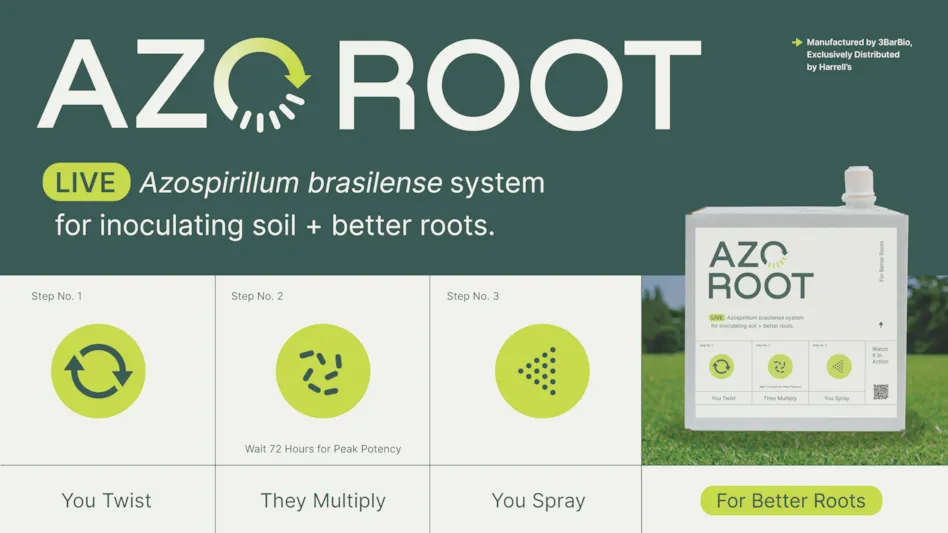
Luke Huskey will be the first to admit it – his company’s trucks and equipment are not fuel efficient. And Huskey says it’s hard for him to find fuel-efficient trucks and equipment that would meet the heavy demands of landscaping at his company Greener Environments in San Luis Obispo, California. But as a company that wants to be environmentally conscious, Huskey wanted to do something to offset the harm he felt the equipment was doing to the environment.
So Huskey and his wife, Melody (far right), who he co-owns the company with, placed “carbon tax” on the company’s net revenues to compensate for the use of gasoline-burning equipment. The carbon tax is calculated monthly at a rate of $25 per ton of CO2 emitted during their operations, with the accumulated funds donated at the end of the year to a local environmental organization.
“Our company has environmental stewardship built into its business model, but we always have had this ongoing frustration of not having options for fuel efficient trucks and machinery,” he says. “We are trying to work towards a healthier planet, but at the same time our trucks are getting eight mpg. It didn’t feel right to us.”
Huskey calculates how much CO2 the company’s equipment emits by using the U.S. Energy Information Administration’s estimate of 19.64 pounds of CO2/gallon of gasoline and 22.38 pounds of CO2/gallon of diesel.
“At the end of each month we add up our total fuel usage and do the math to come up with the total CO2 emissions for that month and then tax ourselves accordingly,” he says. “The tax is then transferred into a separate account.”
They decided on $25 based on the average rates of countries and municipalities that have similar taxes.
“We determined that $25/ton was about the average of all the different tax rates we came upon during our research,” he says. “This rate will increase every year until we can reduce our carbon emissions to the relevant equivalent of 10 percent of our 2016 carbon emissions.”
The company may also use the funds to donate environmentally-friendly landscaping for a non-profit, school, or public space.
“We will use the money from our carbon tax account for the materials and labor costs of new sustainable landscaping for a suitable non-profit, school, or public space,” he says. “If there is no suitable site for this, or if there is leftover money in the tax account, we will simply donate the proceeds of the tax to an environmental organization that is doing work that will offset the carbon we emitted that year.”
The Huskey’s came up with the idea after reading a book by Patagonia founder where he wrote, “The next step in our responsibility is to pay for our sins until such a time that we hope we can stop sinning.”
“With the high fuel usage of our operations in mind, I interpreted this as ‘Until we can get vehicles and equipment that don’t have a high environmental impact, we can at least offset that impact with a carbon tax,’” he says.
Huskey estimates the tax will fall between $1,000 and $2,000, and the company will not raise prices to offset the tax.
“We didn’t feel it was right to make other people pay for our self-imposed carbon tax, so the tax comes off of our net profits,” he says.
Along with the carbon tax, the company offers free hands-on classes in sustainable design, water catchment and drought-resistant landscaping, as well as certification through its GREEN Landscapes Initiative which gives public recognition to businesses, homes and public spaces that support a healthy environment.
The company also offers several e-books available for free download via their website on topics such as rainwater harvesting, tips on California-friendly landscaping, and how to avoid costly mistakes when landscaping. http://greenerenvironments.net.





